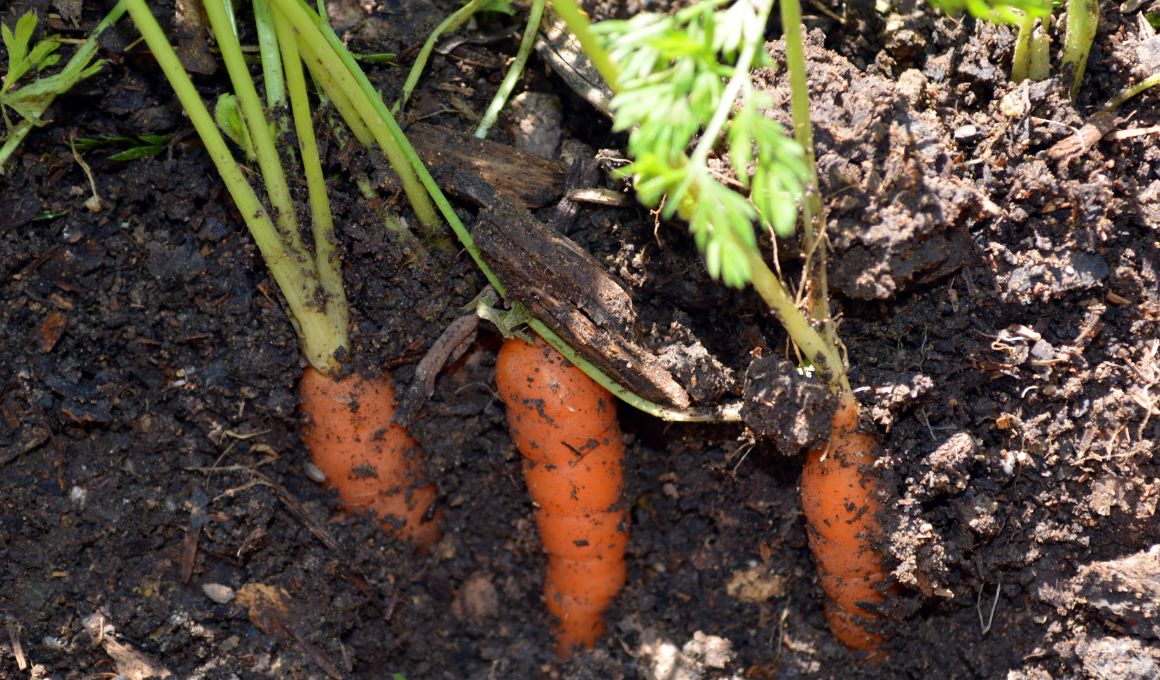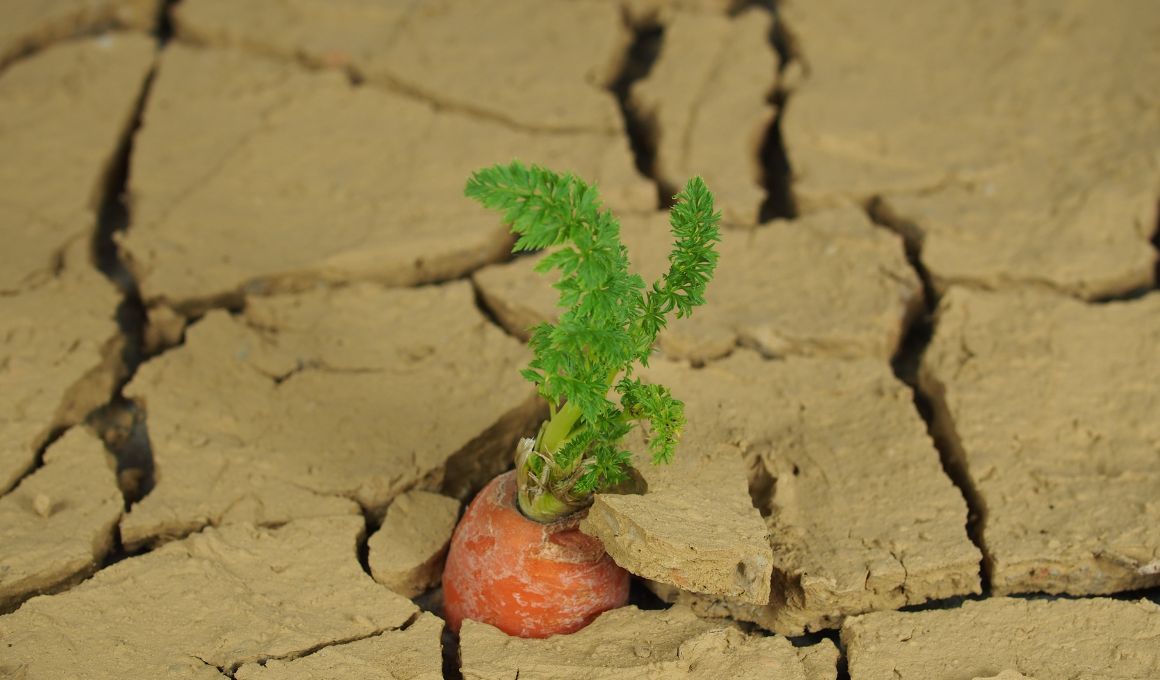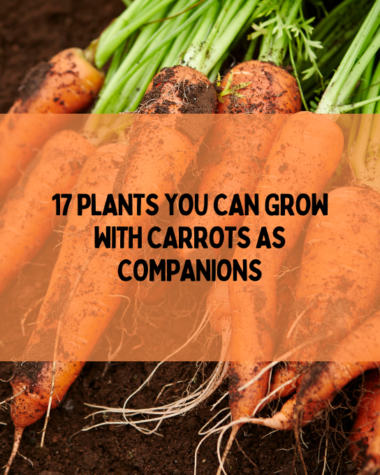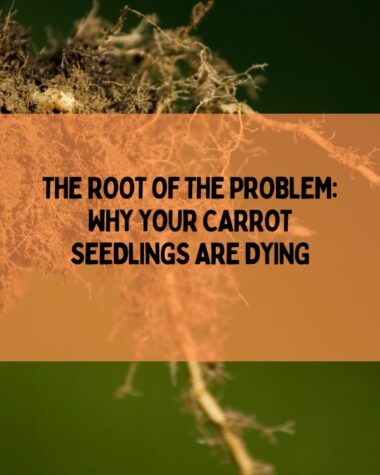The Ultimate Guide to Growing Carrots in Your Garden: Gardening is a fulfilling activity that has many benefits, such as improving mental health, providing physical exercise, and reducing stress. Growing your food is also a great way to ensure fresh and healthy produce access. One vegetable that is easy to grow in your garden and packed with nutrients is carrots.
Carrots are a great vegetable to grow in your garden because they are low maintenance, have a long growing season, and can be harvested multiple times throughout the year. They are also rich in beta-carotene, fiber, and other essential vitamins and minerals.
This article aims to provide readers with a comprehensive guide to growing carrots in their gardens.
Readers can expect to learn about the best soil conditions and planting techniques, how to care for their carrot plants, common pests, and diseases to watch out for, and tips on harvesting and storing their carrots.
By the end of this guide, readers should feel confident in their ability to grow healthy and delicious carrots in their backyard.
Getting Started

Getting started with growing carrots in your garden involves selecting the right location, testing and preparing the soil, and choosing the best seeds or seedlings. Here are some steps to follow:
- Choose the right location for growing carrots: Carrots require a minimum of six hours of full sun daily. Select a location in your garden with ample sunlight and good drainage. Avoid planting carrots in areas that are prone to flooding or waterlogging.
- Test and prepare the soil for planting carrots: Carrots grow best in loose, well-draining soil rich in organic matter. Test your soil’s pH levels and adjust as needed to ensure a pH of 6.0 to 6.8. Add compost or well-rotted manure to improve soil fertility and structure. Use a rake to loosen the soil and remove any rocks or debris.
- Select the best carrot seeds or seedlings for your garden: Carrots come in many varieties, each with unique flavor, color, and shape. Choose seeds or seedlings that are suited to your climate and growing conditions. Some popular carrot varieties include Nantes, Danvers, and Imperator.
- Planting and spacing your carrot seeds or seedlings: Carrot seeds should be planted in rows 12-18 inches apart. Sow seeds ¼ inch deep and cover them with a thin layer of soil. Alternatively, you can plant seedlings that are already a few inches tall. Space seedlings 3-4 inches apart in rows.
Keep the soil consistently moist but only waterlogged once the seeds germinate, which typically takes 7-14 days. Once the seedlings are established, thin them to 1-2 inches apart, depending on the size of the variety you’re growing.
Related Read
- Growing Nantes Carrots: Tips And Techniques For A Bountiful Harvest
- How To Grow Delicious Danvers Carrots?
- How To Grow Imperator Carrots?
Caring for Carrots

Caring for carrots involves providing adequate water, nutrients, and protection against pests and diseases. Here are some critical tips for caring for your carrot plants:
- Watering carrots: Carrots need consistent moisture, especially during the germination period. Water them deeply once or twice a week, depending on the weather conditions. Avoid overwatering, which can cause the roots to rot.
- Fertilizing carrots: Carrots require a balanced fertilizer that is low in nitrogen but high in phosphorus and potassium. Nitrogen can cause the carrots to develop forked or twisted roots. Apply a slow-release fertilizer when planting, and top-dress with compost or well-rotted manure throughout the growing season.
- Thinning carrots: Carrots need space to grow and develop properly. Thin them to 1-2 inches apart when they are 2-3 inches tall. This will allow the remaining plants to grow larger and develop straight roots.
- Weeding carrots: Weeds can compete with carrots for nutrients and water. Keep the area around the plants free of weeds by hoeing or hand-pulling them. Be careful not to damage the roots when weeding.
- Pest and disease management: Carrots are susceptible to a few pests and diseases, including carrot rust fly, aphids, and fungal diseases such as damping-off and powdery mildew. To prevent these issues, rotate your crops, use row covers, and remove any infected plants immediately. You can also use organic insecticides and fungicides as a last resort.
Caring for carrots involves providing consistent moisture, balanced fertilization, proper spacing, weed management, and pest and disease prevention. By following these tips, you can ensure that your carrot plants thrive and produce a bountiful harvest.
Also, Read
- Why Do Carrots Sometimes Look Weird? Understanding Deformed Carrots And How To Fix Them
- Carrot Black Root Rot: Understanding And Preventing The Disease
- Carrots For Butterflies: How To Attract Black Swallowtails To Your Garden?
Harvesting Carrots

Harvesting carrots is a satisfying and rewarding experience. Here are some critical tips for harvesting and storing your carrots:
- When to harvest carrots: Carrots are usually ready to harvest 60-80 days after planting, depending on the variety. Look for signs that the carrots are mature, such as a bright orange color and a diameter of about 1 inch. You can gently pull up a few carrots to check their size and flavor.
- How to harvest carrots: Using a garden fork or a spade to loosen the soil around the plants. Gently pull the carrots out of the ground by their leaves or the top of the root. Avoid pulling them by the stem, as this can damage the root. Brush off any excess dirt and trim the leaves to within an inch of the root.
- Storing carrots: Freshly harvested carrots can be stored in the refrigerator for up to two weeks. Before storing, remove the tops, which can draw moisture from the root. Rinse the carrots and let them air-dry before storing them in a plastic bag or airtight container. You can also store carrots in a root cellar or a cool, dark place for several months.
To preserve the flavor and texture of your carrots, avoid washing them until you’re ready to use them. Moisture can cause the carrots to rot or develop a bitter taste. You can also blanch and freeze your carrots for longer-term storage.
Conclusion
Growing carrots in your garden can be a fun and rewarding experience. You can ensure a bountiful harvest of healthy, delicious carrots by selecting the right location, testing and preparing the soil, choosing the best seeds or seedlings, and providing proper care.
Remember to water your carrots, fertilize them properly, thin and weed them regularly, and protect them from pests and diseases.
When it’s time to harvest, use the proper techniques to remove the carrots from the ground and store them properly to preserve their flavor and texture. You can enjoy the many benefits of growing carrots in your backyard with little effort and attention.
Frequently Asked Questions
Q1. How long does it take to grow carrots?
A. Carrots typically mature for 60-80 days, depending on the variety and growing conditions.
Q2. Can I grow carrots in containers or raised beds?
A. Yes! You can grow carrots in containers or raised beds as long as they are deep enough to accommodate the length of the carrot roots. Use loose, well-draining soil and ensure the containers or beds receive plenty of sunlight.
Q3. What are some common pests and diseases that affect carrots?
A. Common pests affecting carrots include carrot rust fly, aphids, and cutworms. Diseases that can affect carrots include powdery mildew, leaf blight, and root rot.
Q4. Can I plant carrots with other vegetables?
A. Carrots can be planted with companion plants such as onions, garlic, and lettuce. However, they should not be planted with nightshade family members, such as tomatoes and peppers.
Q5. How do I know when to thin my carrots?
A. Carrots should be thinned when they are about 2 inches tall and again when they are 4-5 inches tall. Thin them to about 2-3 inches apart to promote healthy growth.
Q6. Can I eat carrot tops?
A. Yes! Carrot tops are edible and can be used in salads or garnish. However, they should be consumed in moderation as they contain high levels of oxalic acid.
Q7. How do I store harvested carrots?
A. Harvested carrots should be stored in the refrigerator or a cool, dark place for up to two weeks. To preserve their flavor and texture, remove the tops, rinse them off, and let them air-dry before storing them in an airtight container or plastic bag.







